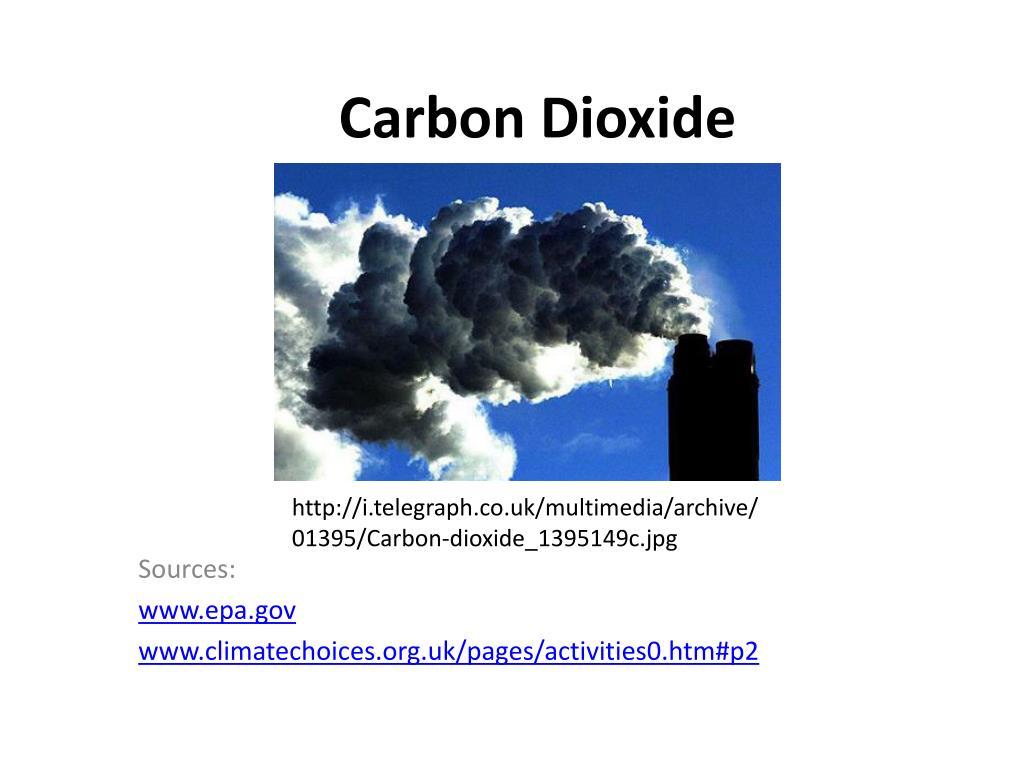


Compared to other types of carbon removal it uses relatively little space and can also be sited flexibly, so would avoid competition with other land uses and could be built on marginal land or near geological storage sites to minimize the need for CO 2 pipelines. Direct air capture (DAC) is one type of technological carbon removal that shows promise today and will likely be part of a larger carbon removal portfolio. The precise amount needed will depend on how fast the world reduces emissions.Ĭarbon removal can take numerous forms - including natural solutions like growing trees and increasing the ability of soil to sequester carbon, and technological solutions that accelerate or mimic natural carbon removal processes or directly pull CO 2 from the air. The United States, as the largest cumulative historical emitter of CO 2, has a responsibility to be a leader in pulling it back out of the atmosphere. Carbon removal is needed not only to balance out residual emissions that cannot be or are not eliminated by 2050, but also to reduce the high concentration of carbon dioxide in the air, which is triggering increasingly devastating climate change impacts. While efforts to reduce GHG emissions should always take priority, meeting climate goals will also require carbon dioxide removal (CDR) - systems that remove carbon directly from the air - likely at the billion-tonne scale by mid-century. At the same time, the latest climate science indicates that such efforts will not be enough to keep temperature rise below 1.5 degrees C (2.7 degrees F), which would prevent the worst impacts of climate change.

As the effects of climate change are increasingly felt through more severe storms, wildfires and flooding, the need to reduce greenhouse gas (GHG) emissions - such as by switching to electric vehicles, deploying solar panels and reducing deforestation - is critical.


 0 kommentar(er)
0 kommentar(er)
